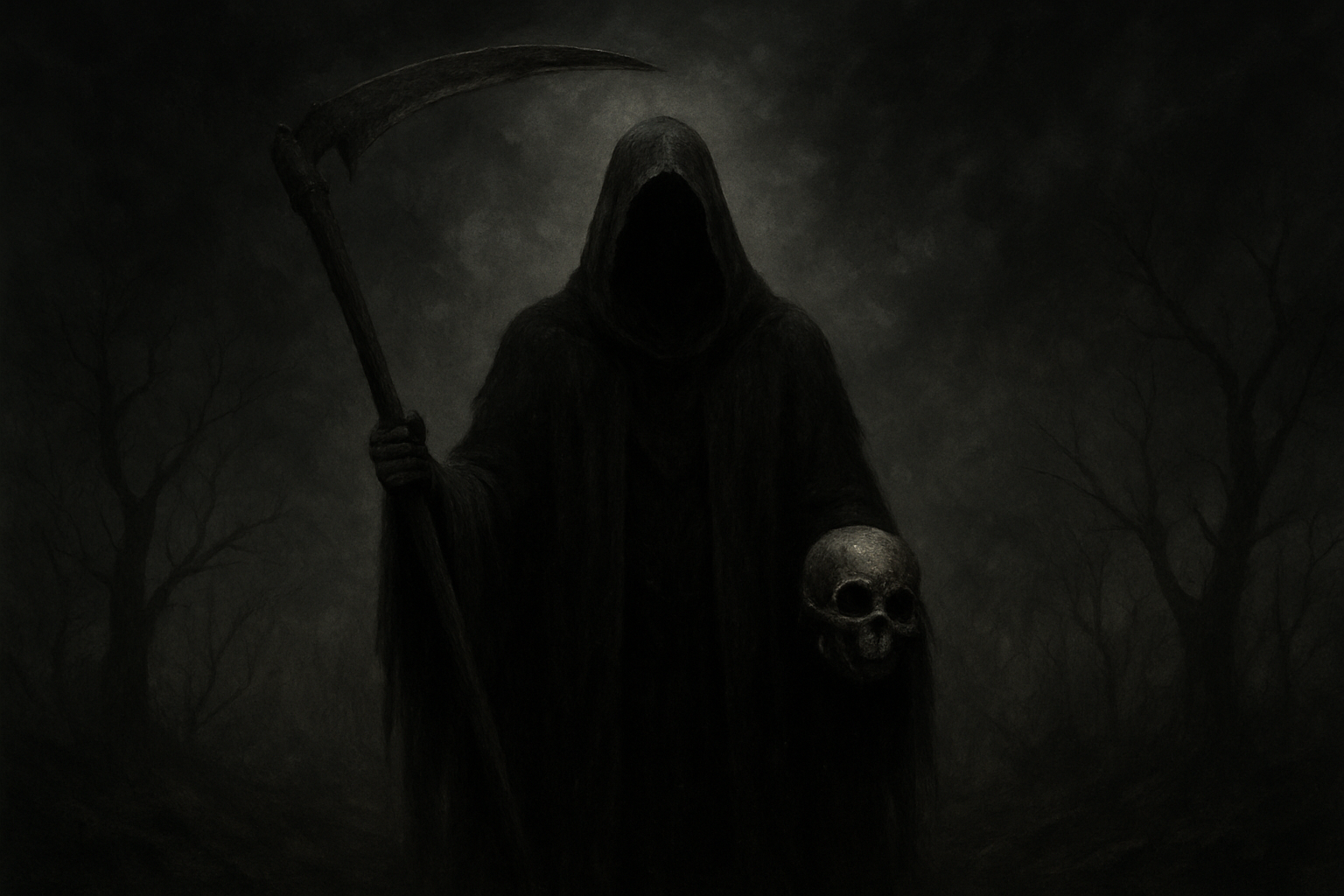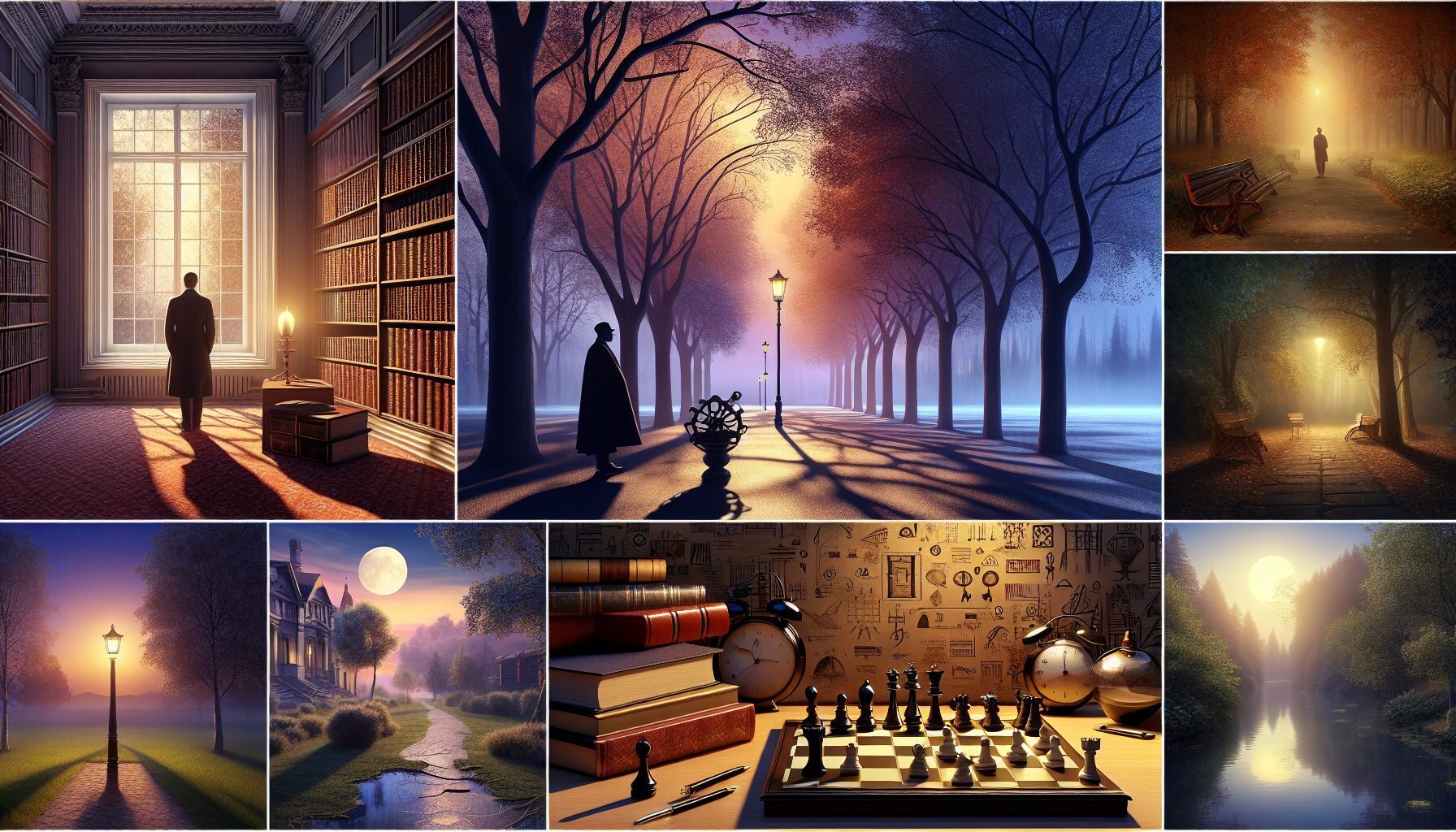In the tapestry of human consciousness, darkness has always been more than an absence of light. It holds the echoes of ancient fears and the whispers of our deepest mysteries. The very notion of darkness, intertwined with death, forms a fundamental archetype that has been explored across cultures and generations. The primordial shadows within us call out, urging us to explore their meaning and the archetypes they present.
The Nature of Darkness
Darkness, in its literal and metaphorical senses, represents the unknown, the hidden, and often, the feared. From the pitch-black caves of our ancestors to the psychological depths we dive into today, darkness holds a power that is at once intimidating and fascinating. As Joseph Campbell noted in The Hero With a Thousand Faces, “The cave you fear to enter holds the treasure you seek.”
“Knowing your own darkness is the best method for dealing with the darknesses of other people.” — Carl Jung
This quote by Carl Jung, a forefather in the field of analytical psychology, emphasizes that our internal shadows hold valuable insights. To confront this darkness is not merely to face fear, but to understand and integrate it, harnessing the knowledge it offers about the self.
Archetypes of Death
Archetypes are symbols or themes universally recognized, existing within the collective unconscious. Death, embodied in countless mythologies and cultural narratives, is a quintessential archetype representing transformation and the cessation of physical existence.
- The Grim Reaper: Often depicted as a cloaked figure wielding a scythe, this archetype captures the inevitability of death. Its image serves as a stark reminder of mortality, urging individuals to reflect on life’s impermanence.
- Anubis: In ancient Egyptian mythology, Anubis was the god who guided souls to the afterlife. With its canine head, Anubis represents protection and the godly assurance of the transitions between life and death.
- Kali: In Hinduism, Kali is the goddess of death, time, and change. Although fierce and formidable, she embodies the destruction necessary for renewal and transformation, underlining death’s role in the cycle of rebirth.
The Psychological Dance
Engaging with archetypes of death goes beyond mythological understanding; it is a psychological journey. In Jungian terms, these archetypes emerge from our subconscious and manifest in dreams, literature, and art, influencing how we perceive death both personally and culturally.
Conforming to these archetypes can result in fear, avoidance, and anxiety, whereas understanding them can foster acceptance and peace. The dance between fear and understanding can lead to personal insights and growth. As we confront our views on death subconsciously and consciously, we may find that life’s meaning is vividly highlighted against the backdrop of mortality.
Cultural Reflections
Different cultures embrace death in varied ways, often shaped by archetypal representations. In the Mexican festival Día de los Muertos, death is celebrated as part of life. Vibrant colors and joyous celebrations honor ancestors, integrate past lives into present society, and illuminate the notion of death as familial reunion rather than separation.
Similarly, Tibetan Buddhist practices engage with death as an integrated step towards enlightenment. The Bardo Thodol, or Tibetan Book of the Dead, is read to the deceased to guide them through the processes of afterlife, reinforcing the idea of death as a journey rather than an end.
Conclusion: Embracing the Shadows
Darkness and the archetypes of death compel us to reflect deeply on life’s purpose. By understanding and embracing these shadows, we move closer to self-awareness and acceptance of life’s inevitable cycle. The existential awareness brought about by contemplating death can heighten our appreciation for life and the interwoven narratives that darkness and light create.
Ultimately, the primordial shadows whisper of a shared human experience, nudging us to coexist with the mysteries of life and death. Engaging with these archetypal themes enriches our understanding and embraces the paradoxical nature of existence.
For more insights on archetypes, you can visit the University of Cambridge’s research on Carl Jung’s shadow concept.








